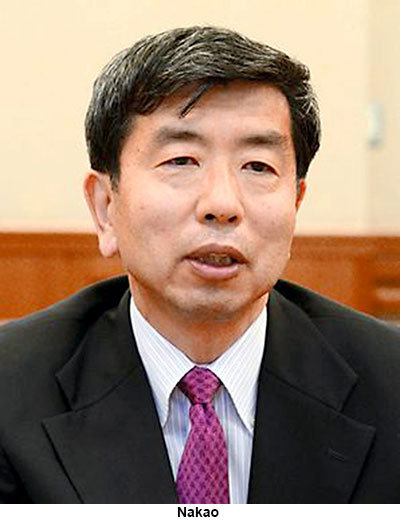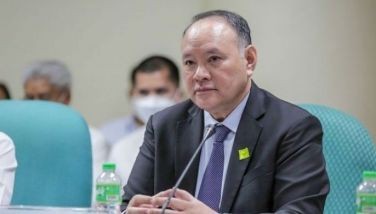ADB: Inclusive growth, better infra needed
MANILA, Philippines - Better infrastructure, open trade and investment regimes, sound governance and inclusive growth are among eight basic points that countries in the Asia-Pacific can pursue for robust and sustained economic growth, according to the head of the Asian Development Bank (ADB).
By pursuing the eight-point development agenda, the Philippines can regain its status as one of Asia’s most prosperous economies, ADB president Takehiko Nakao told The Philippine STAR in an interview yesterday at the bank’s headquarters in Mandaluyong.
The other points in what Nakao described as “Going Back to Basics” are macroeconomic stability, investment in human capital, security and political stability and a “well-articulated” development strategy.
Nakao, who was Japan’s vice minister of finance for international affairs before assuming the top ADB post in April last year, said he drew up the eight-point agenda after visiting the 17 developing countries that are members of the Manila-based bank.
He observed that in the 1960s, the Philippines was second only to Japan in economic development in the Asia-Pacific, a pioneer on many fronts, and “rich compared to neighboring countries.”
“I believe that the country – building on its recent progress – can go back to that top place again,” Nakao said.
Today the Philippines is one of the region’s best economic performers, but many challenges remain and the country can do more, he said.
“I see the progress made in the last several years as leading to a ‘glass half full’ rather than ‘glass half empty’ situation,” Nakao declared.
In recent weeks, Nakao has met with Philippine officials, among them Bangko Sentral Governor Amando Tetangco, Finance Secretary Cesar Purisima, Socio-Economic Planning Secretary Arsenio Balisacan and Social Welfare Secretary Corazon Soliman to discuss how the ADB can support the country’s development.
“The Philippines is a nice country, we’re happy to be here and I’d like to see it develop,” Nakao told The STAR. “Although it is growing very fast, you still have a lot of poor people.”
In his meeting with Tetangco, Nakao lauded the policies that have led to fiscal stability and tempered inflation.
But Philippine investments in infrastructure constitute only two percent of GDP compared to about five percent in neighboring countries, Nakao observed. While the government has lined up 56 public-private partnership (PPP) projects in infrastructure, Nakao said the government can increase its own spending in this sector.
In education, the quality “can be enhanced,” he said, although the country has a 98 percent literacy rate. More investments are also needed in public health.
Nakao noted that the government is making an effort to improve the investment climate and promote exports, but there are areas that call for reforms, including the regulatory environment.
He said having 10 percent of the population working overseas, even if they are remitting billions in earnings annually, “is not an ideal situation.”
Nakao lauded the anti-corruption effort of the Aquino administration as he stressed the importance of sound governance in development. The peace initiative in Mindanao can also promote security, political stability and inclusive growth, he said.
In terms of development strategy, countries need a “vision of growth,” Nakao said – one that is shared by the people and would go beyond the term of any president.
“This is really the time to look at the potential for the Philippines,” he said.
- Latest
- Trending


























